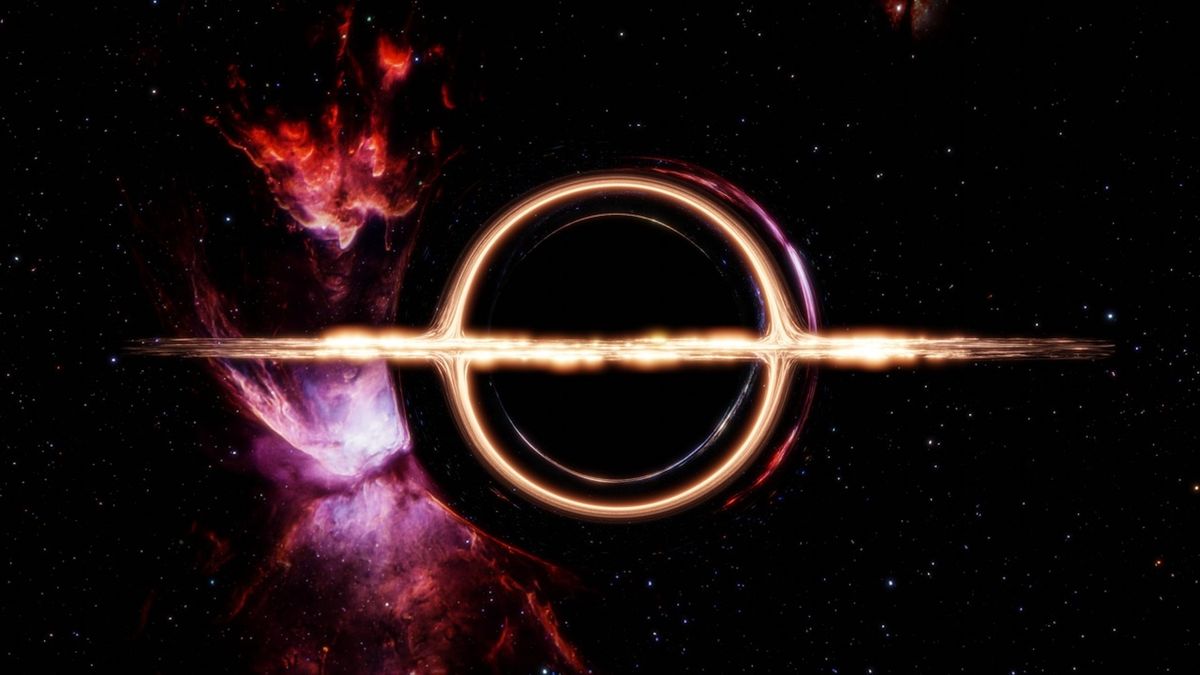'Einstein's equations need to be refined': Tweaks to general relativity could finally explain wha...

Beyond Infinity: Rethinking Black Hole Singularities
The Paradox of Infinite Density
Imagine a place where the very fabric of reality—space, time, and matter—is crushed into oblivion. This is the unsettling concept of a singularity, predicted by Einstein's theory of general relativity to exist at the heart of every black hole. These points of infinite density pose a significant problem for physicists, essentially breaking the predictive power of our current understanding of the universe.
As Robie Hennigar, a postdoctoral researcher at Durham University, explains, "If singularities were to really exist… it would be catastrophic for science. We could no longer use the equations of physics to predict the future from the past and present."
A Quantum Leap Beyond Einstein
While remarkably successful in explaining many cosmic phenomena, Einstein's theory falters at these extremes. It clashes with quantum mechanics, the theory governing the subatomic world, and leads to these paradoxical singularities. A potential solution lies in the realm of quantum gravity, a field striving to unify these two seemingly incompatible theories.
Quantum gravity suggests that at incredibly high energies and small distances, Einstein's equations need refining. Hennigar and his colleagues explored this idea, adding an infinite series of corrective terms to general relativity, inspired by the continuous fluctuations predicted by quantum mechanics.
Smoothing Out the Singularity
The results of their study, published in Physics Letters B, are intriguing. By incorporating these quantum corrections, the singularity at the black hole's center disappears. Instead of an infinitely dense point, the core becomes a highly curved, yet finite, region of spacetime.
Putting the Theory to the Test
Confirming this theoretically elegant solution presents a formidable challenge. As Pablo Cano, a postdoctoral researcher at the University of Barcelona and co-author of the study, points out, "The absence of singularities itself is hard to test experimentally, because it would occur inside a black hole, or at the very beginning of the universe."
However, the subtle effects of this modified gravity could be detectable in the ripples of spacetime known as gravitational waves, particularly those generated by colliding black holes. The early universe, too, might hold clues, with imprints of these quantum corrections potentially etched into primordial gravitational waves.
The Next Chapter in the Black Hole Story
This revised understanding of black holes opens up exciting new avenues of research. The team is investigating whether these singularity-free black holes can form naturally from collapsing stars and if their approach can resolve other singularities, like the one at the Big Bang itself.
Pablo Bueno, another co-author from the University of Barcelona, adds, "We have recently shown that the collapse of a certain type of matter gives rise…to the formation of these regular black holes… This may give rise to intriguing features…such as explicit models of bouncing cosmologies." This suggests a universe not born from a single Big Bang, but perhaps undergoing an endless cycle of expansion and contraction – a truly mind-bending prospect.